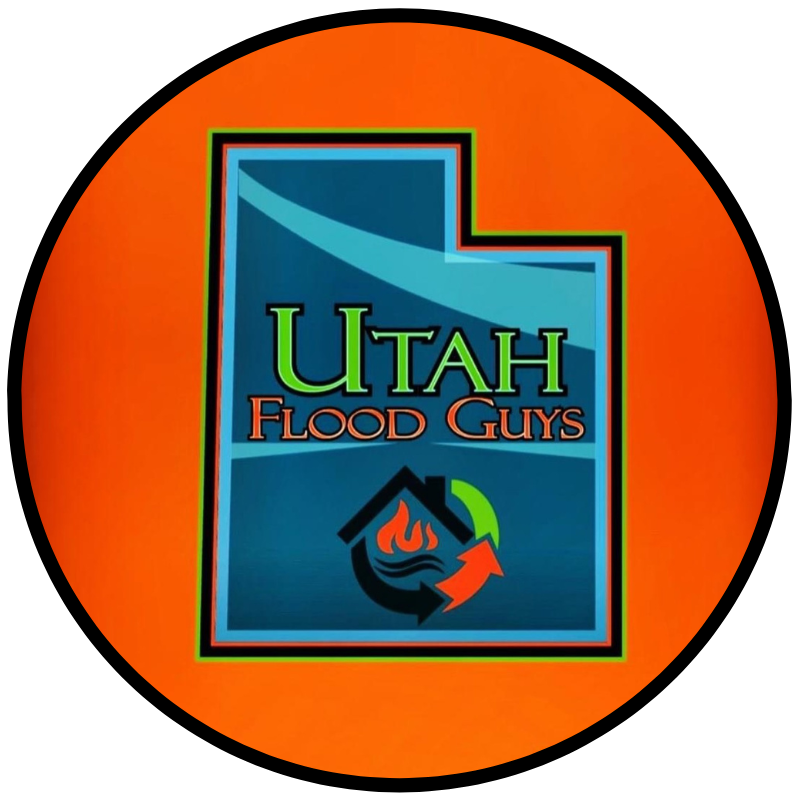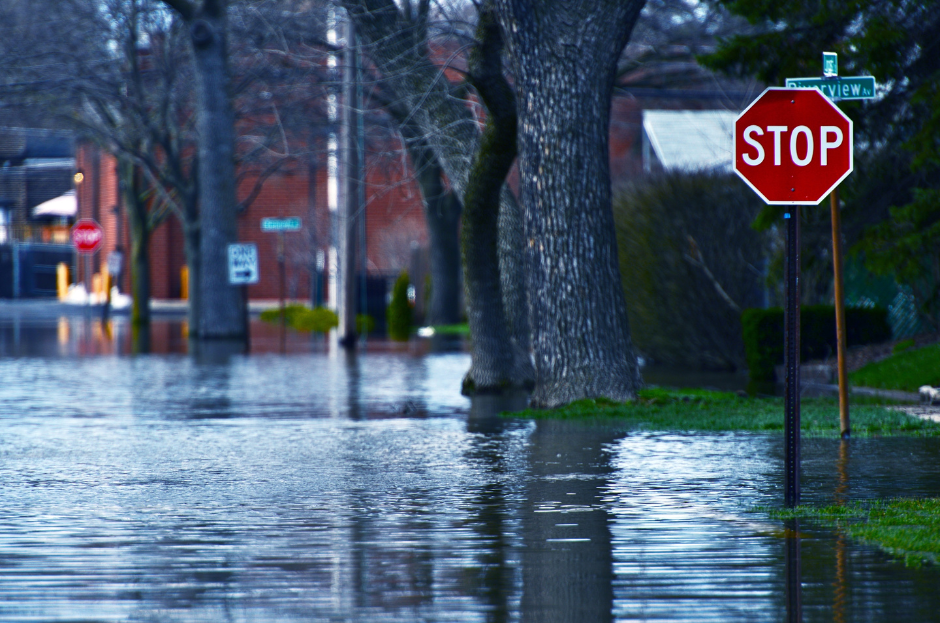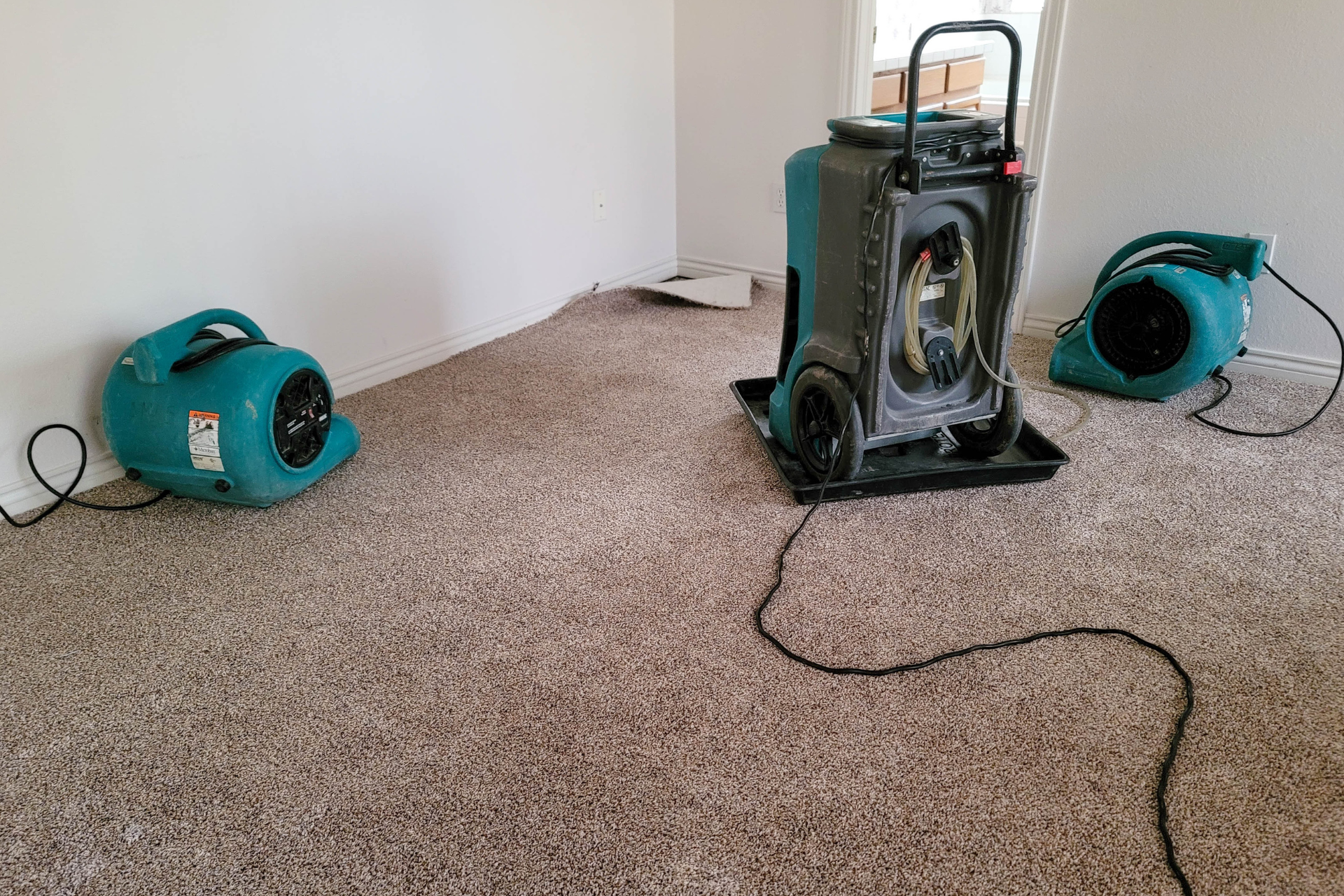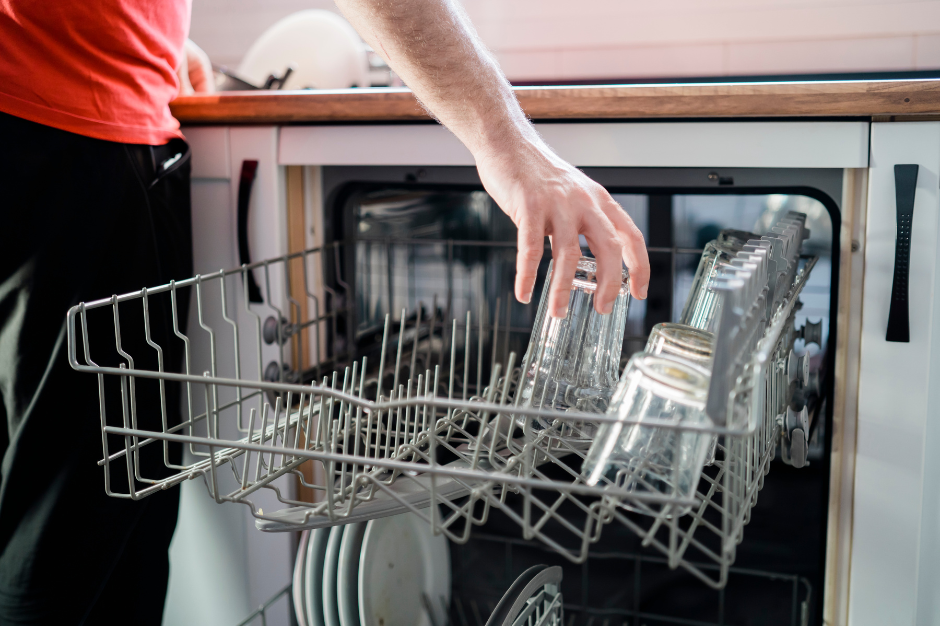Eco-Friendly Mold Removal Methods: Sustainable Solutions for Utah Homes
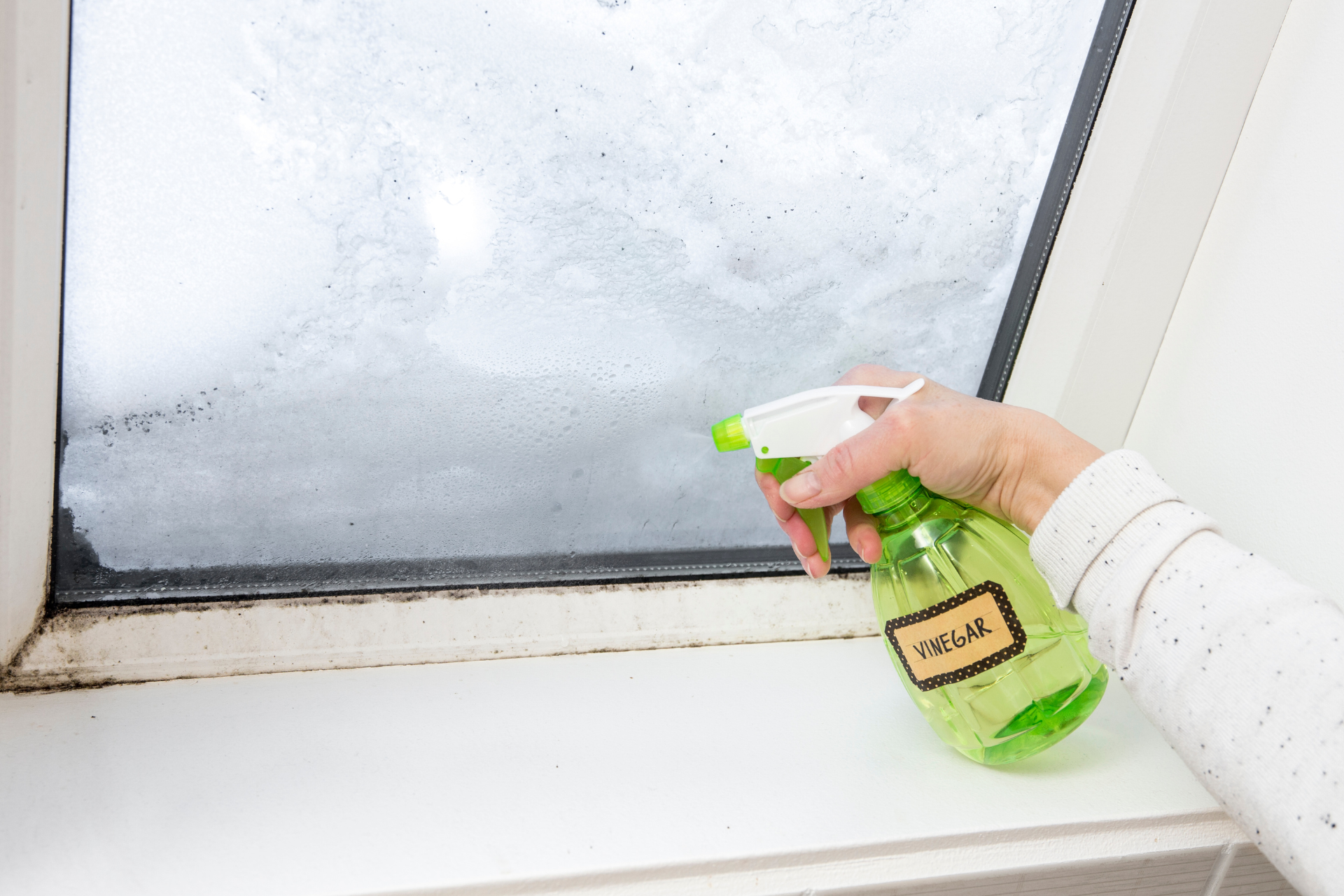
Living in a place as beautiful as Utah, it's easy to forget about the potential dangers that can lurk in our homes. Mold is one of those sneaky threats that can cause serious health issues and compromise the structural integrity of our beloved homes. The good news is that there are eco-friendly mold removal methods that can help you take care of this problem without harming the environment. At Utah Flood Guys, we are dedicated to providing sustainable solutions for Utah homes, so let's dive into some eco-friendly mold removal methods that can keep your family safe and your home healthy.
Why Eco-Friendly Mold Removal Matters
Before we get into the specifics of eco-friendly mold removal methods, it's important to understand why opting for sustainable solutions is crucial. Traditional mold removal methods often involve harsh chemicals that can be harmful to both your health and the environment. These chemicals release toxins into the air and can linger in your home long after the mold has been removed, posing a threat to your family's health and well-being.
Eco-friendly mold removal methods, on the other hand, rely on natural and non-toxic alternatives that are safer for you, your family, and the environment. By choosing sustainable solutions, you can effectively eliminate mold while reducing your carbon footprint and promoting a healthier living environment for everyone in your home.
Eco-Friendly Mold Removal Methods
1. Vinegar
Vinegar is a natural antifungal agent that can effectively kill mold spores and prevent them from coming back. Simply mix equal parts vinegar and water in a spray bottle and apply it to the affected areas. Let it sit for an hour, then scrub the mold away with a brush. Vinegar is safe, affordable, and readily available at your local grocery store.
2. Baking Soda
Baking soda is another natural remedy that can help you get rid of mold in an eco-friendly way. Mix one tablespoon of baking soda with a cup of water to create a paste, then apply it to the moldy areas. Let it dry, then scrub and rinse with water. Baking soda is gentle yet effective at killing mold and absorbing moisture, making it a great eco-friendly solution.
3. Tea Tree Oil
Tea tree oil is a powerful natural fungicide that can kill mold spores on contact. Mix a teaspoon of tea tree oil with a cup of water in a spray bottle and shake well. Spray the solution onto the moldy areas and let it sit without rinsing. The strong scent of tea tree oil will dissipate after a few days, leaving your home mold-free and smelling fresh.
4. Hydrogen Peroxide
Hydrogen peroxide is an eco-friendly alternative to bleach that can kill mold spores effectively. Simply pour 3% hydrogen peroxide into a spray bottle and apply it to the moldy areas. Let it sit for 10 minutes, then scrub and wipe clean. Hydrogen peroxide is a safe and non-toxic solution that can keep your home mold-free.
Utah Flood Guys: Your Trusted Partner for Eco-Friendly Mold Removal
At Utah Flood Guys, we understand the importance of protecting our health and the environment while addressing mold issues in our homes. Our team of experienced professionals is dedicated to providing sustainable solutions for mold removal that are safe, effective, and eco-friendly. When you choose Utah Flood Guys, you can rest assured that your home will be in good hands.
If you're dealing with mold in your Utah home and looking for eco-friendly mold removal methods, don't hesitate to reach out to us. We offer a range of services for residential and commercial water damage, mold removal, and fire damage, all using environmentally friendly practices. Let us help you create a healthier and more sustainable living environment for you and your family.
In conclusion, eco-friendly mold removal methods are not only effective at eliminating mold but also essential for protecting our health and the environment. By choosing sustainable solutions like vinegar, baking soda, tea tree oil, and hydrogen peroxide, you can keep your home mold-free without harming the planet. Trust Utah Flood Guys to provide you with eco-friendly mold removal services that prioritize your well-being and the sustainability of our beautiful state of Utah.
